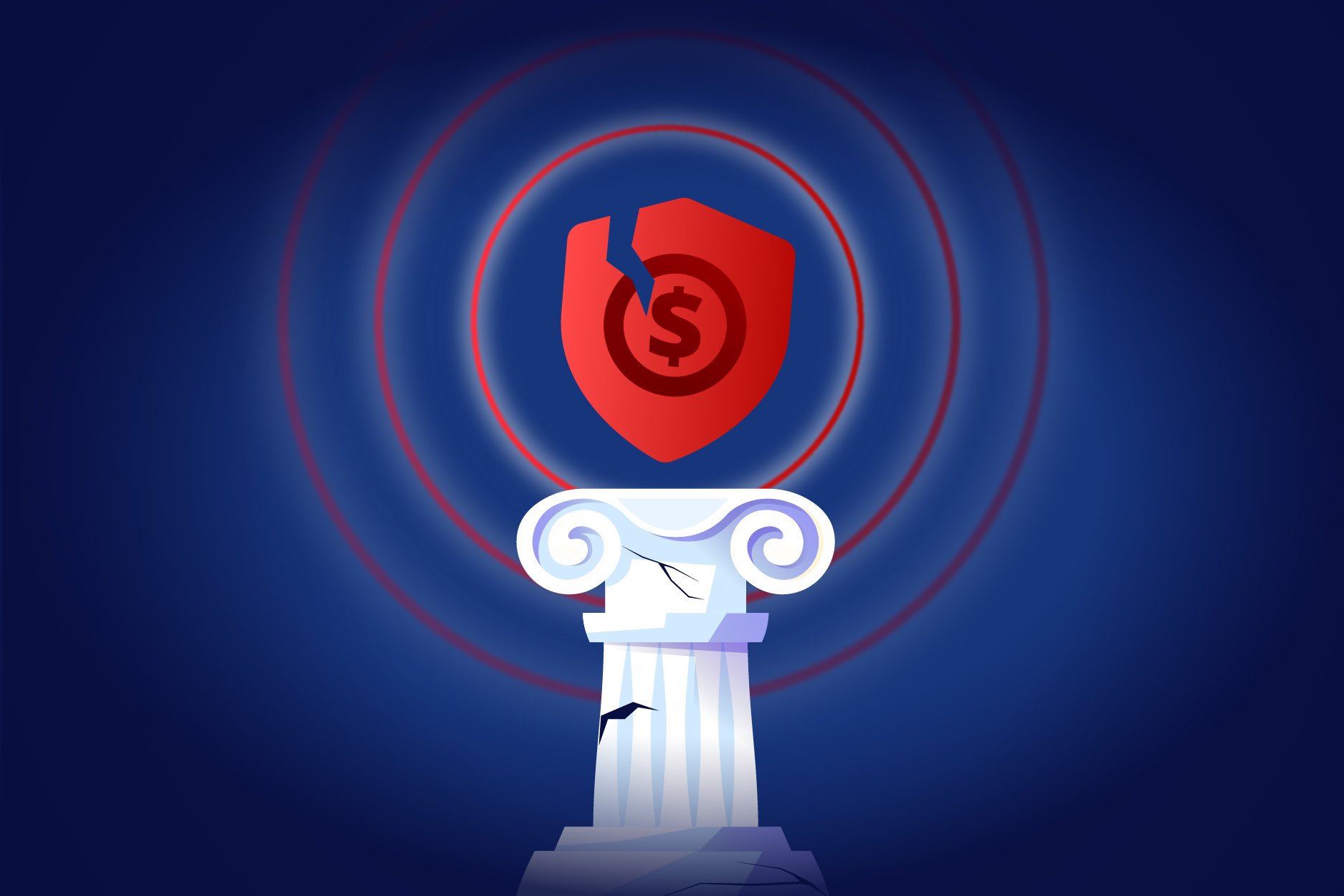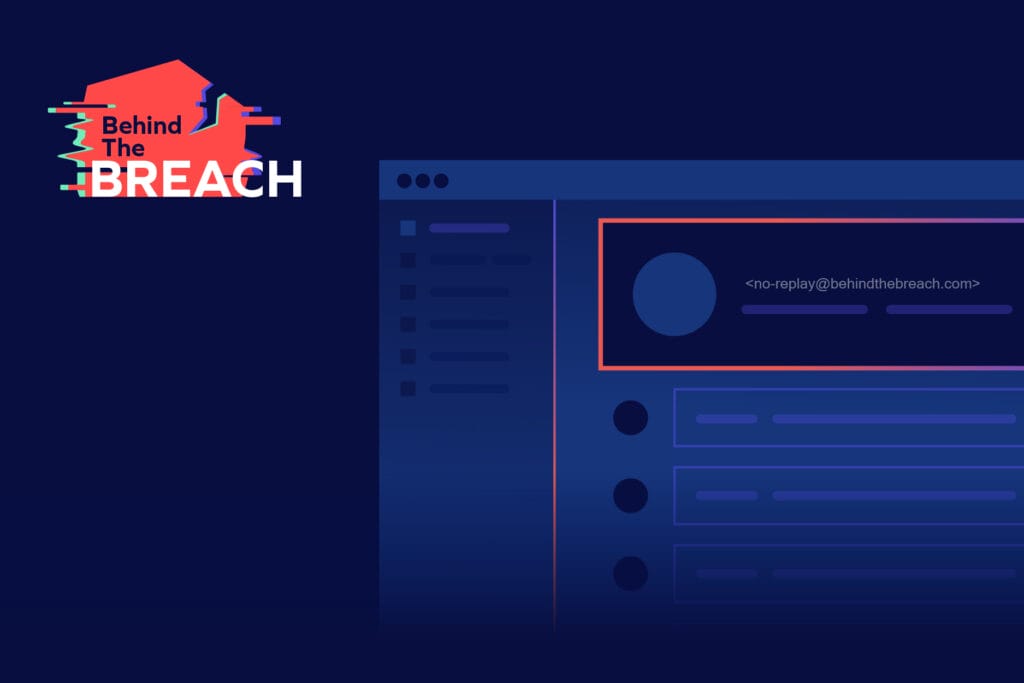Not every organization believes that business payment fraud is a serious problem that is rapidly getting worse. They also think that human errors are a “cost of doing business.” Boy are they wrong.
Most of the time we haven’t needed to convince anyone that fraud and errors are a real problem plaguing business payments. In our conversations with finance teams, there always comes an “aha!” moment as we dig into our product and show them our approach to payment security and explain what exactly the risks are of not addressing this now. However, initial hesitance to believe does come up, too, because sometimes practitioners simply feel more comfortable with the status quo.
In this blog post we decided to dig into the primary myths that finance teams believe that initially make them loathe to embracing a business payment security solution. Let’s walk through each one and discuss exactly why these reasons really don’t hold up.
1. Our Bank Validation Process is Good Enough
Bank account validation isn’t sufficient but let’s review. Bank account validation solely confirms the existence of an account under a specific name or entity. Fraudsters can exploit this easily through BEC or other tactics to hijack the email exchange between vendor and client organizations to steal sensitive bank information. If there’s a call-back procedure, the threat actor can easily manipulate that process so that the call-back will fail to detect the fraud. The bank will also fail to detect any discrepancies if the fraudster sets up a bank account using a legitimate entity name. In this way a vendor remains unaware of the unauthorized account created in their name. Subsequently, the fraudster can submit fake invoices and redirect funds to the new, fake account.
Bank account validation serves as a foundational defense against fraud in B2B payments, but it’s not foolproof. Trustmi Certify automates this process, enhancing accuracy during vendor onboarding. Full fraud detection identifies anomalies and suspicious patterns, preventing erroneous payments. Additionally, our Trust Network verification provides an added layer of security, analyzing activity across all the organizations in the network to discern potential fraud. By leveraging Trustmi’s comprehensive approach, businesses fortify their payment security beyond basic validation, effectively mitigating risks associated with this process.
2. Our ERP Provides Us with Payment Security
This one is always surprising. While an Enterprise Resource Planning (ERP) system is integral for managing various aspects of business operations, including finance, it is not inherently designed to address the specific challenges related to fraud and cyberattacks on business payments. ERPs primarily focus on processes, data management, and resource allocation across different departments within an organization. However, they often lack the robust security features necessary to safeguard sensitive financial transactions and prevent fraud. Furthermore, they are very vulnerable to cyberattacks.
Unlike ERP systems, our dedicated business payment security solution is specifically designed to address the complexities and nuances of securing business transactions. Trustmi offers advanced features such as real-time fraud detection, access controls, and compliance management tools, among many others, designed to mitigate risks associated with payment fraud, cyberattacks, and data breaches. We provide organizations with the capability to monitor and protect payment processes comprehensively, ensuring that funds are transferred securely, and that sensitive financial data remains protected. While ERPs play a crucial role in overall business operations, relying solely on them for payment security can leave organizations vulnerable to financial losses and damage to their reputations. Implementing a dedicated business payment security solution alongside an ERP system to protect those processes and data is essential for comprehensive financial risk management and safeguarding against evolving cybersecurity threats.
3. We Have Solid Controls In Place
Most businesses will have security procedures and protocols in place, from employee training to a rigorous security questionnaire when onboarding a new vendor, or perhaps a payment flow automation system. But these tools fall short in addressing the complex security challenges prevalent today. For example, when a vendor is initially onboarded, security teams will typically request them to fill out a detailed security questionnaire. But when a vendor is first onboarded, they usually have limited access to the systems they are integrating into or supporting. Over time these permissions change, but no additional security assessment is conducted. Most companies we speak with do not have controls or processes in place to monitor and ensure their vendors are routinely checked and assessed by the security team over time. This causes vulnerabilities in the supply chain. Same goes for internal employees. If an employee is given too much access to the ERP or other databases, they can violate segregation of duties or override internal controls. We often see this with internal fraud, but it can also cause innocent employees to make mistakes, which opens the company up to fraud risk as well.
Because Trustmi is built for payment security, our platform monitors and flags changes in vendor and employee access, logins into all systems involved in the process, changes made to bank accounts and vendor data within all systems, data overrides, violations of segregation of duties and more. Organizations struggle to implement this advanced degree of control and enforcement for vendors and employees, as well as detection of system attacks resulting from BEC, social engineering or other fraud tactics. Leveraging a solution like Trustmi can ensure compliance and enforce the types of controls that businesses need to protect their B2B payment processes.
4. We Already Have a BEC Solution
That’s great news! However, a tool that only provides protection from business email compromise (BEC) won’t stop business payment fraud completely and it certainly won’t ensure the entire process is secured. As we know, BEC is a very common attack surface, and according to the FBI, $50B was lost between 2013-2022 from BEC alone. Thus, having a tool in place to combat this type of attack is a good start, especially since many attacks on the business payment process may start with BEC. However, email communication between vendors and organizations is only one piece of the puzzle that requires protection. We recently wrote about the importance of an end-to-end payment security solution, and so allow me to expound further. A point solution is great at solving an issue that impacts an independent function. A solution that averts BEC is very important for businesses because it monitors emails to ensure there are no ransomware or malware files contained therein. Furthermore, these solutions can also detect when an email has been hacked by looking at the anomalies in the communication patterns. However, while many business payment fraud scenarios involve BEC, that isn’t the only ways fraudsters can divert B2B payments away from the real vendor. In other words, a solution that only protects against BEC isn’t going to paint the whole picture and catch every threat throughout the accounts payable workflow beyond the initial email.
To protect the process, you need a solution, like Trustmi, that can piece together all the vendor activity and profile data across the entire workflow. This means that the solution layers on top of all the systems involved in business payments, such as email, and ERPs, vendor management and other databases all the way through the payment approval process itself. This is the only way to ensure organizations identify and catch all threats to business payments before organizations send funds to the wrong place. Trustmi is different because our solution connects all the dots, aggregating and analyzing data across all the systems and workflows to create a clear view of what is going on and where there are threats, breaches, or anomalies that require review. By having full visibility into every point where there might be security gaps, our platform can plug those holes, providing comprehensive payment security. And this can only be done with a full end-to-end solution.
5. Fraud Isn’t A Problem for Us
Most of the time we find that organizations say this because they haven’t had or they haven’t caught an incident yet. But B2B payment fraud, supply chain attacks, and BEC are on the rise. A recent survey revealed that 80% of enterprise companies were hit by b2b payment fraud attacks and attempts in 2023, and 41% of business suffered losses from fraud in 2023. It is generally expected that this situation will only get worse with more advancements in generative AI. Furthermore, there have been plenty of situations where we heard exactly this phrase and offered the company a free POC to see if, in fact, they have ever been hit by fraud. We’ve found and uncovered several fraud incidents this way.
The POC at its finest has revealed compelling results. Not only have we caught past fraud incidents that some companies didn’t even know about, but our platform, once calibrated, can generate the entire timeline of the incident in detail. We can catch exactly when a vendor’s email is compromised, and the communication is hijacked. Our platform can detect where there might have been an error in data entry, or a violation of segregation of duties, or an override in the ERP, or a direct attack on the ERP and other databases, etc. Not only have we provided organizations with the entire timeline, there are always zero false positives. For an AI system, this is rare. We’ve spoken with several CISOs who admitted this was a big boon of working with our product.
Myth-Conceptions
In the end, there sometimes is a lack of awareness around why the risks of fraud and errors are so high when it comes to business payments. Furthermore, there is a broad misunderstanding of what a B2B payment security solution can really do. By examining these myths and misconceptions we’re hoping that finance leaders and practitioners will start to understand that, just because everything appears to be running smoothly, the risks of fraud are still lurking in the shadows. It’s time to wake up and accept the reality.
Not sure you agree with these myth-conceptions? Get in touch and let’s talk.





